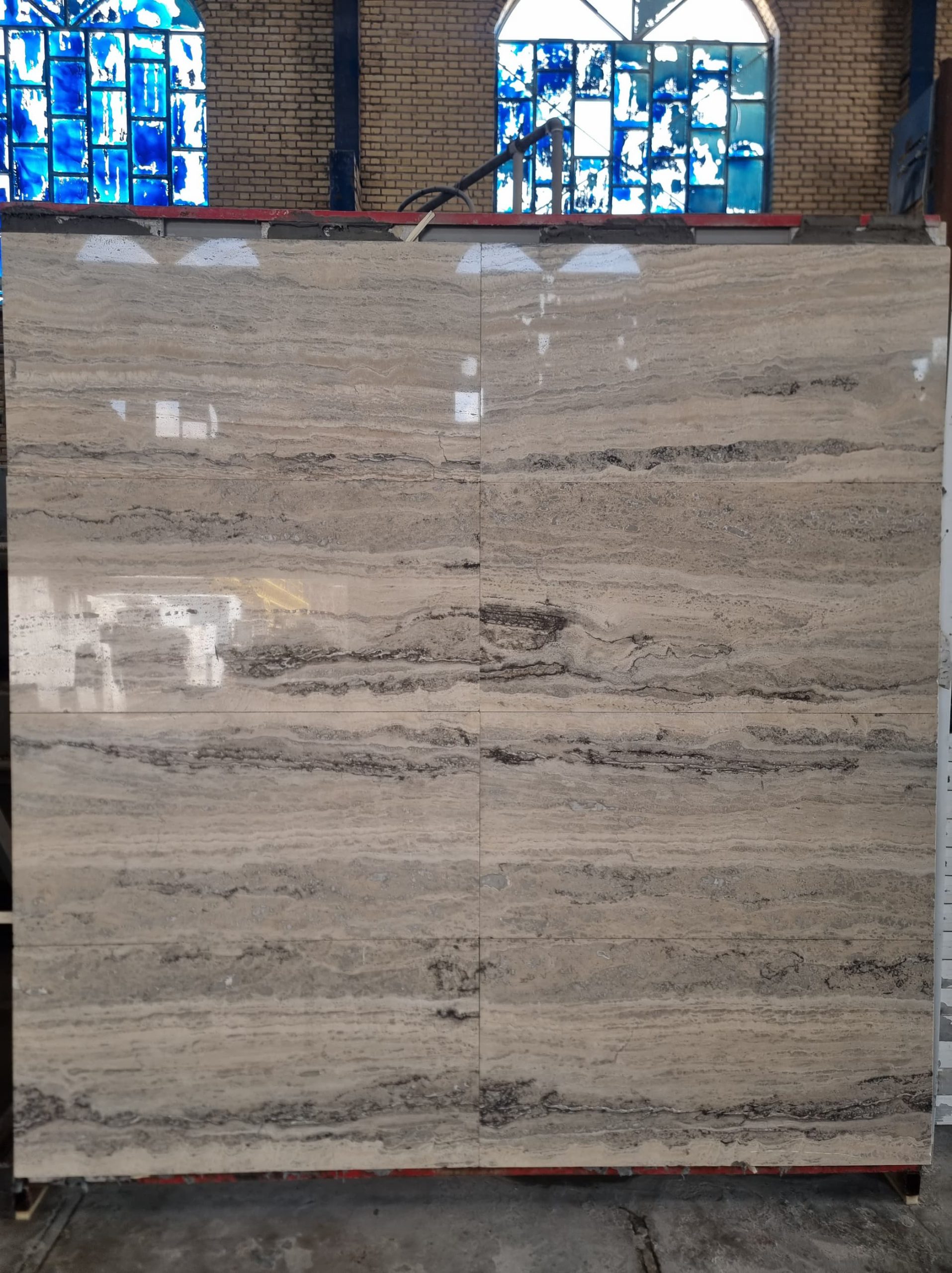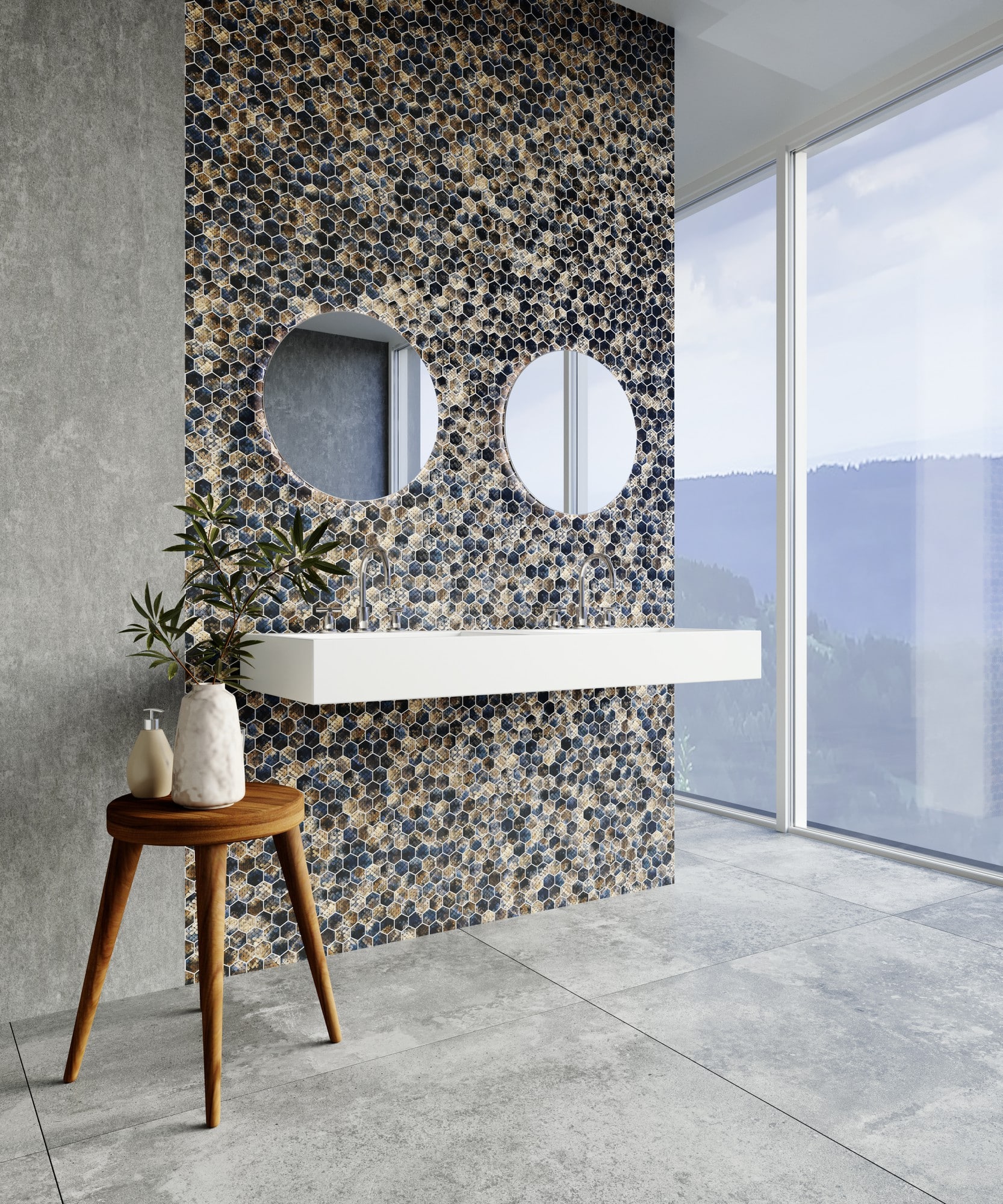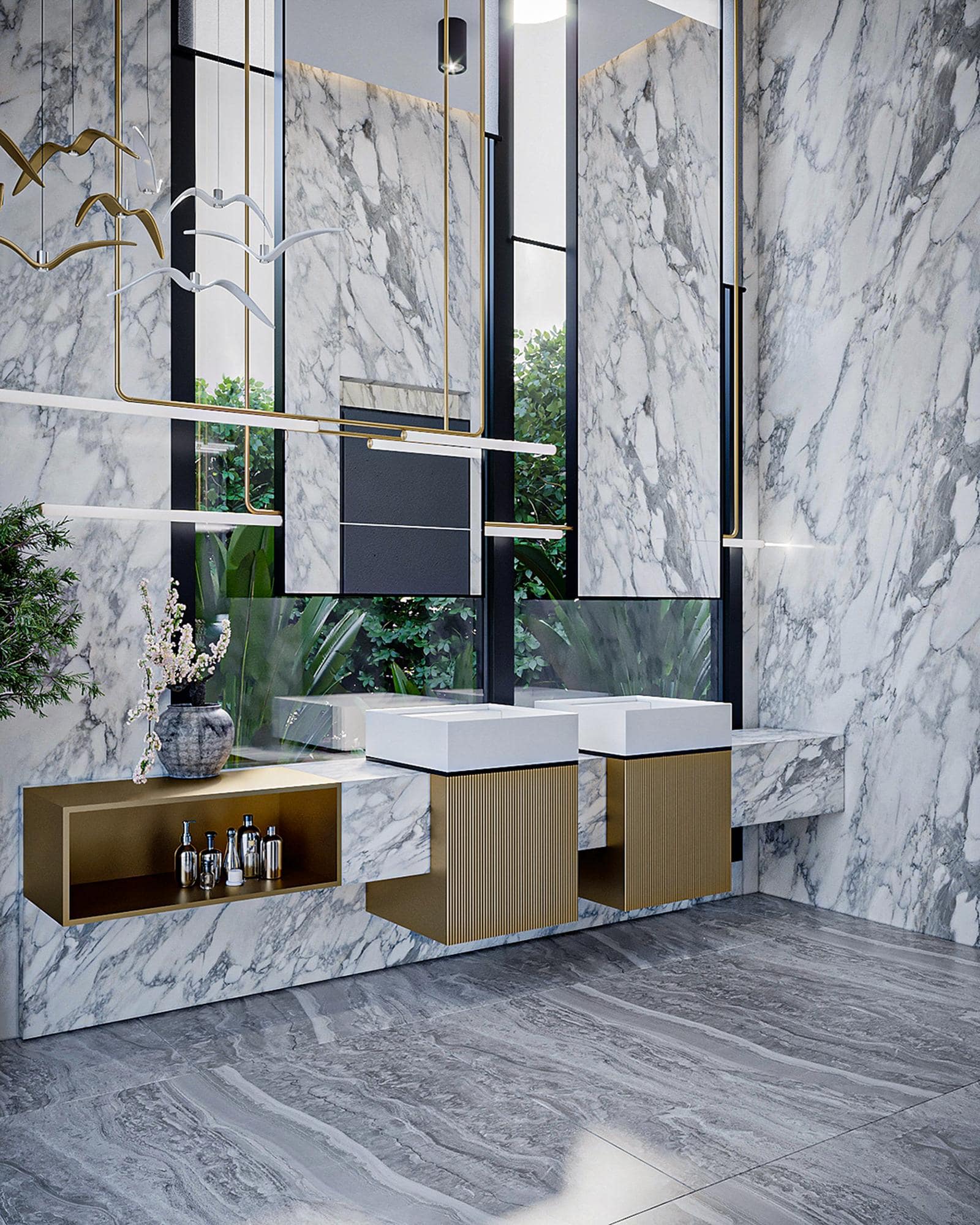Introduction Silver Travertine Stone
Silver Travertine stone, a natural construction material, boasts a rich history of utilization spanning centuries in a myriad of construction endeavors. Renowned for its versatility, this stone presents a distinctive amalgamation of aesthetic allure and practicality, rendering it a sought-after option across both residential and commercial sectors.
What is Silver Travertine Stone?
Silver Travertine stone is a type of limestone that forms when mineral deposits accumulate over time in hot springs or limestone caves. The distinctive silver-gray color of this stone comes from the presence of iron compounds and other minerals. Its unique appearance, characterized by intricate veining and subtle color variations, adds a touch of elegance to any space.

Applications of Silver Travertine Stone
Residential Applications
In residential settings, Silver Travertine stone is a versatile material utilized for various applications, including flooring, countertops, backsplashes, and shower surrounds. Its natural beauty, characterized by unique veining and color variations, adds a touch of elegance to any space. Beyond aesthetics, Silver Travertine is prized for its durability, making it an ideal choice for high-traffic areas such as kitchens and bathrooms. Its ability to withstand daily wear and tear while maintaining its exquisite appearance makes it a preferred option for homeowners seeking both style and functionality in their living spaces.
Commercial Applications
In commercial settings, Silver Travertine stone is often used for flooring, wall cladding, and facades. Its timeless appeal and durability make it suitable for hotels, restaurants, office buildings, and retail spaces.
Exterior Applications
In outdoor settings, Silver Travertine stone is commonly employed for various exterior applications, including patios, pool decks, and driveways. Its slip-resistant surface and remarkable durability enable it to endure harsh weather conditions, making it an exceptional choice for enhancing outdoor living spaces.
Interior Applications
In addition to its use in flooring and wall cladding, Silver Travertine stone is often used for decorative elements such as fireplace surrounds, columns, and architectural details. Its natural beauty adds warmth and sophistication to interior spaces.

Advantages of Silver Travertine Stone
Durability
Silver Travertine stone exhibits exceptional durability, capable of withstanding substantial foot traffic and enduring wear and tear over time. When provided with appropriate care and maintenance, this stone can retain its aesthetic appeal and functionality for numerous decades without deterioration.
Aesthetic Appeal
The unique color and veining of Silver Travertine stone add a touch of elegance and sophistication to any space. Its natural beauty enhances the overall aesthetic of residential and commercial interiors.
Versatility
Versatility is a hallmark of Silver Travertine stone, which comes in a plethora of finishes such as honed, polished, and tumbled. This diverse range of finishes enables its use in a myriad of design styles, spanning from traditional to contemporary, thereby offering endless possibilities for architectural and interior design projects.
Cost-effectiveness
Compared to other natural stone options, Silver Travertine stone is relatively affordable. Its affordability, combined with its durability and aesthetic appeal, makes it a cost-effective choice for both residential and commercial projects.
Disadvantages of Silver Travertine Stone
Susceptibility to Etching and Staining
Silver Travertine stone is susceptible to etching and staining from acidic substances such as citrus juices and vinegar. It requires regular sealing and maintenance to protect it from damage.
Maintenance Requirements
To maintain its beauty and durability, Silver Travertine stone requires regular cleaning and sealing. This can be time-consuming and costly, especially in high-traffic areas.
Limited Availability in Certain Regions
Limited availability is a notable characteristic of Silver Travertine stone compared to other natural stone alternatives like marble or granite. In some regions, sourcing this stone may prove to be more challenging, resulting in increased costs and longer lead times for projects.
It is recommended to read: How to care for silver travertine

Conclusion
Silver Travertine stone presents a distinctive blend of beauty, durability, and versatility, rendering it a favored choice for both residential and commercial projects. Its innate elegance and enduring charm make it an ideal selection for various applications, including flooring, countertops, wall cladding, and decorative accents. However, it’s crucial to weigh factors such as susceptibility to etching and staining, maintenance needs, and limited availability in specific regions when considering Silver Travertine stone for your upcoming project.

 Marble
Marble